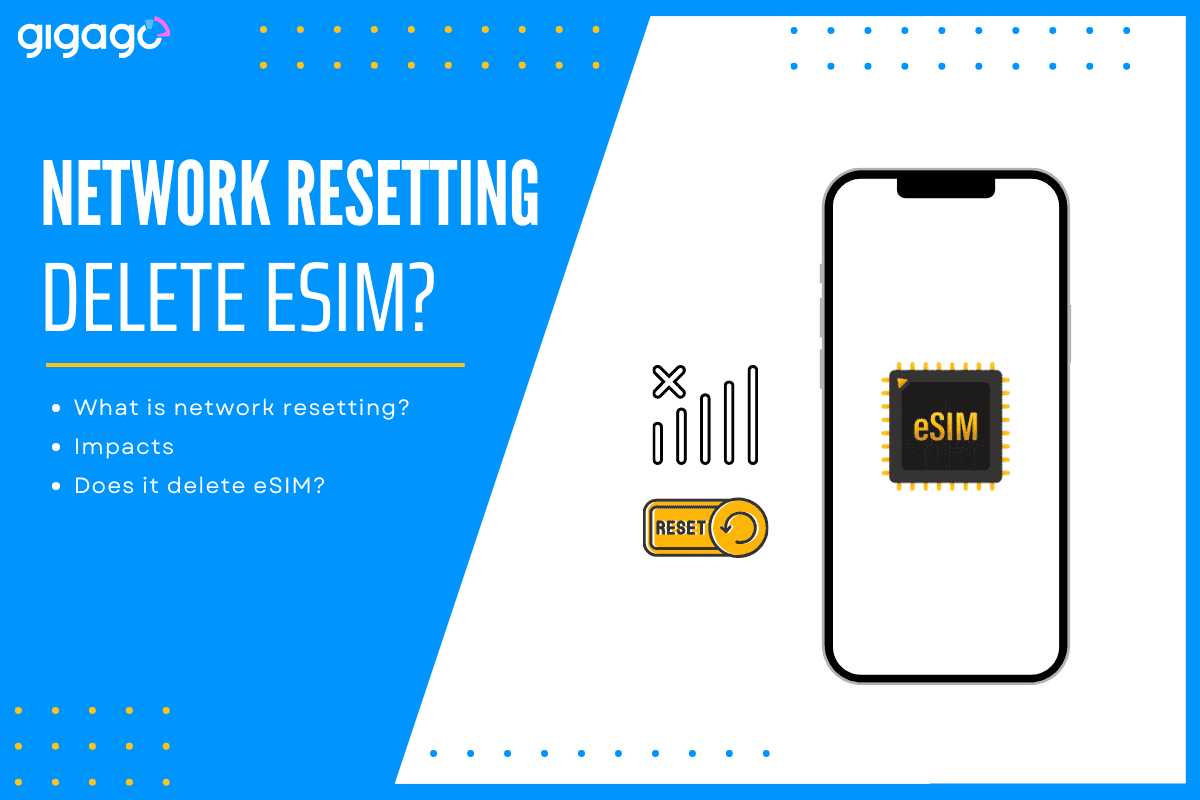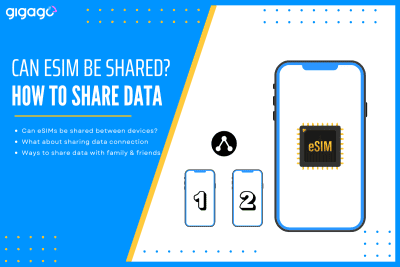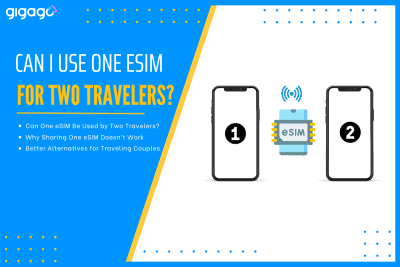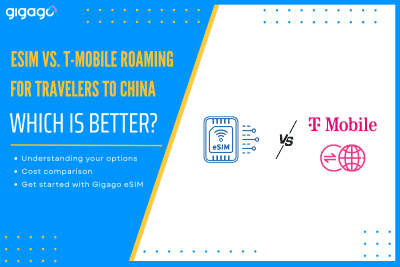Traveling for a short trip, typically for 3- to 7-days, drastically changes the rules of connectivity. The traditional solutions like expensive carrier roaming or time-consuming local SIM buying are simply impractical when time time is precious. This is where eSIMs take the picture. The eSIM (embedded because it is a digital solution that solves the […]
Does resetting the network delete eSIM?
Resetting the network will not delete your eSIM, but only fix internet issues related to cellular data, WiFi password, and VPN settings, which may be affecting your eSIM’s peformance. While this process clears various network configurations, your eSIM profile remains safely stored in your device’s secure element. In this article, you will know about the relationship between network resetting and eSIM, and what steps you can take to maintain a stable connection.

In this article
I. What is network resetting?
Network resetting is a troubleshooting process that restores the network-related settings to their default state. This includes settings for WiFi networks, Bluetooth pairings, cellular data configurations, VPNS settings, and other connectivity options.
Key aspects affected by network resetting
- WiFi networks: Your device forgets all saved WiFi passwords. You must manually reconnect and re-enter passwords for each network you wish to use.
- Bluetooth pairings: All paired devices are disconnected and forgotten. You will need to pair your Bluetooth devices again from scratch.
- Mobile data settings: Mobile data configurations return to default, including data roaming, network selection, and preferred network types.
- APN settings: Custom APN (Access Point Names) and carrier settings revert to default. Manual network configurations are deleted.
- VPN configurations: All VPN profiles, credentials, and custom settings are removed from your device.
- Other network settings: DNS settings, Firewall rules, and network adapter configurations return to their original state.
II. What network resetting does and doesn’t
Resetting the network clears all custom network settings and resolves issues like poor internet connectivity, inability to connect to WiFi, or disrupted mobile data performance. However, it is important to note that resetting the network does not delete personal data, apps, or files stored on your device.
By understanding what network resetting does, you can better assess whether this action affects your eSIM and take the necessary precautions to ensure its safety.

III. Does network resetting delete eSIM?
No, resetting network settings on your iPhone or Android does not delete your eSIM profile. However, some situations can deactivate your eSIM, which are:
- Factory reset: A factory reset can help solve software issues, but it also deletes all data, including eSIM profiles. See how to reset iPhone without losing eSIM.
- Manual deletion: eSIM will be removed from your device permanently if you delete it manually from your settings.
Understanding why resetting the network does not delete the eSIM?
eSIM is a tiny chip embedded to your device’s mainboard. It remains intact during a network reset because it operates independently from standard network configurations. The eSIM profile is stored in a dedicated, secure element within your device’s hardware, separate from regular network settings. This secure storage ensures that:
- The eSIM profile maintains its integrity even when network settings are reset.
- Carrier authentication and identification information remains secure.
- Your mobile subscription and phone number stay active
- The eSIM’s activation status remains unchanged
This separation of eSIM from general network resetting is designed to protect your mobile subscription and prevent any accidental deletion of your digital SIM card during troubleshooting procedures.
IV. How to ensure your eSIM safety?
While resetting the network does not delete your eSIM, you should still take some tips to ensure it safe:
- Always save your eSIM information, including QR code and activation details in a safe place, so you can reinstall your eSIM if needed (depending on the policy of your eSIM provider).
- Record other eSIM details, including EID number, ICCID number, activation code, carrier account credentials, and customer service contact numbers.
- Use a strong passcode and update your device software daily to protect your eSIM from unauthorized modifications.
- Be careful with device settings like double checking before deleting any SIM profiles, backing up device’s data before major system changes, or being cautious with the 3rd party apps requesting SIM access.
- Enable two-factor authentication to ensure your eSIM safety.
Resetting the network is an effective but easy way to fix some common connectivity issues. It clears all network settings but does not affect your eSIM. However, if your eSIM is deleted accidentally by mistake, you should consult your carrier to restore it.
V. FAQs
Does a factory reset delete eSIM?
Yes, a factory reset will remove the eSIM permanently with all other data on your device. Before performing this action, you should ensure you have saved your eSIM activation details or contacted your carrier for reactivation procedures. You can refer to some details about factory reset here.
How can I restore my eSIM after it is deleted?
There are 03 ways to restore your deleted eSIM: using saved QR code/activation details, or contacting your carrier to get a new QR code/activation details, or using device backup (on iPhone) through going to Settings > General > Transfer or Reset iPhone > Restore from Backup, then select a backup that contains your eSIM information.



